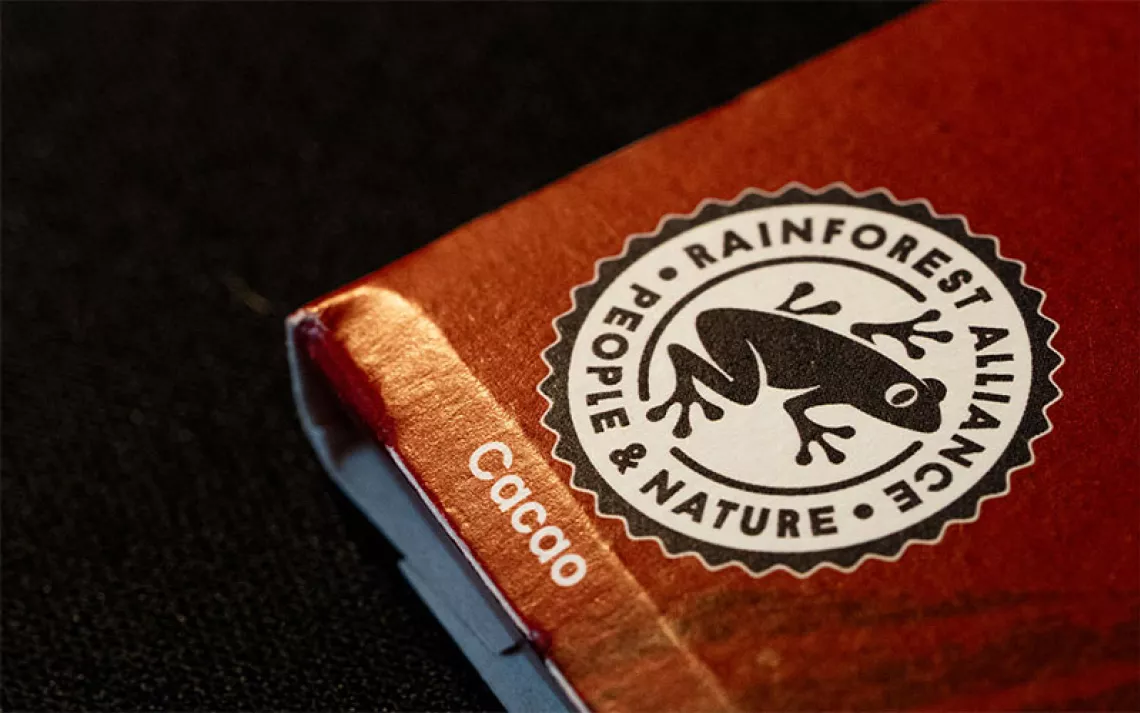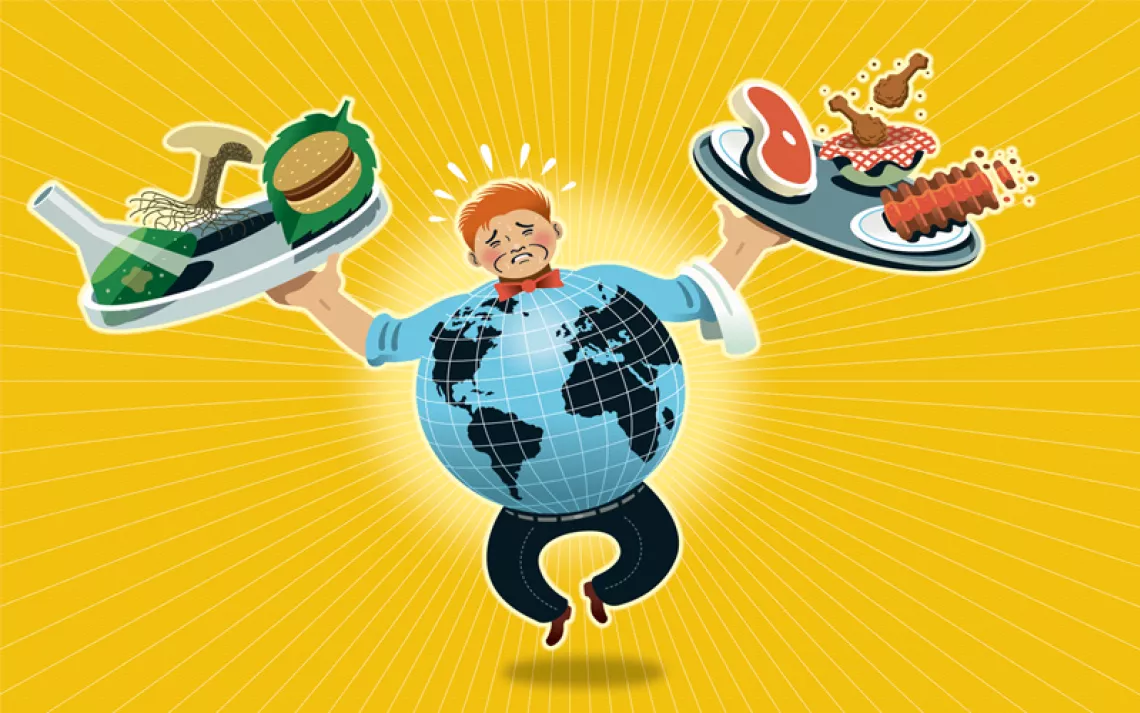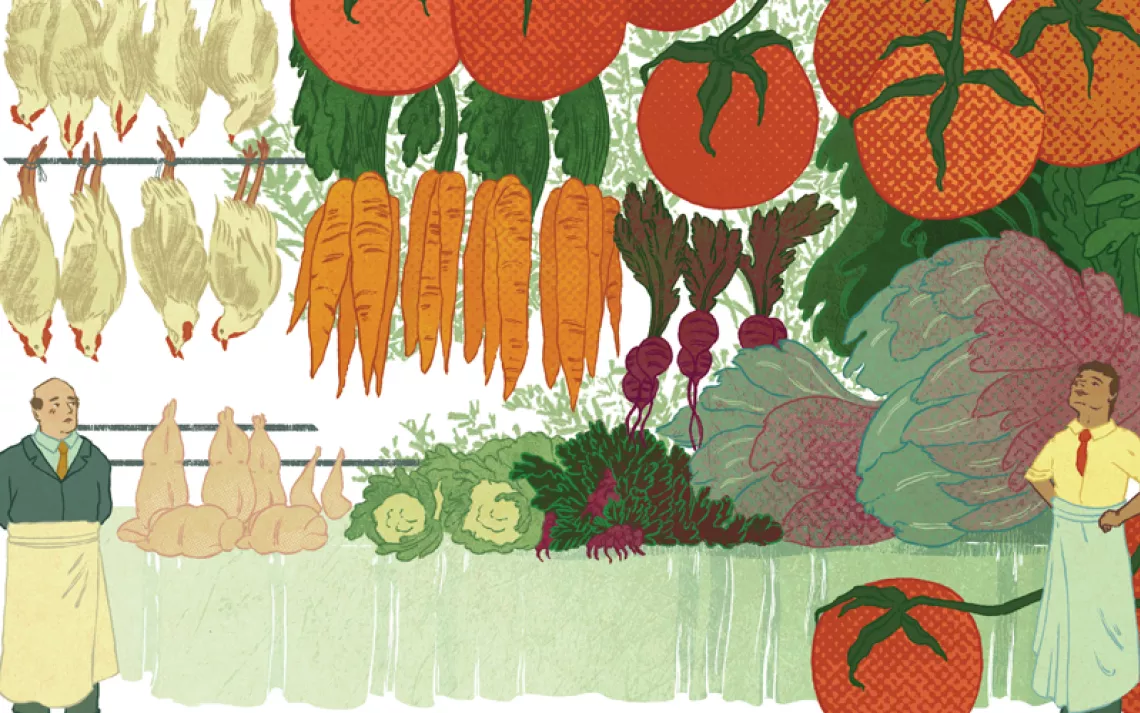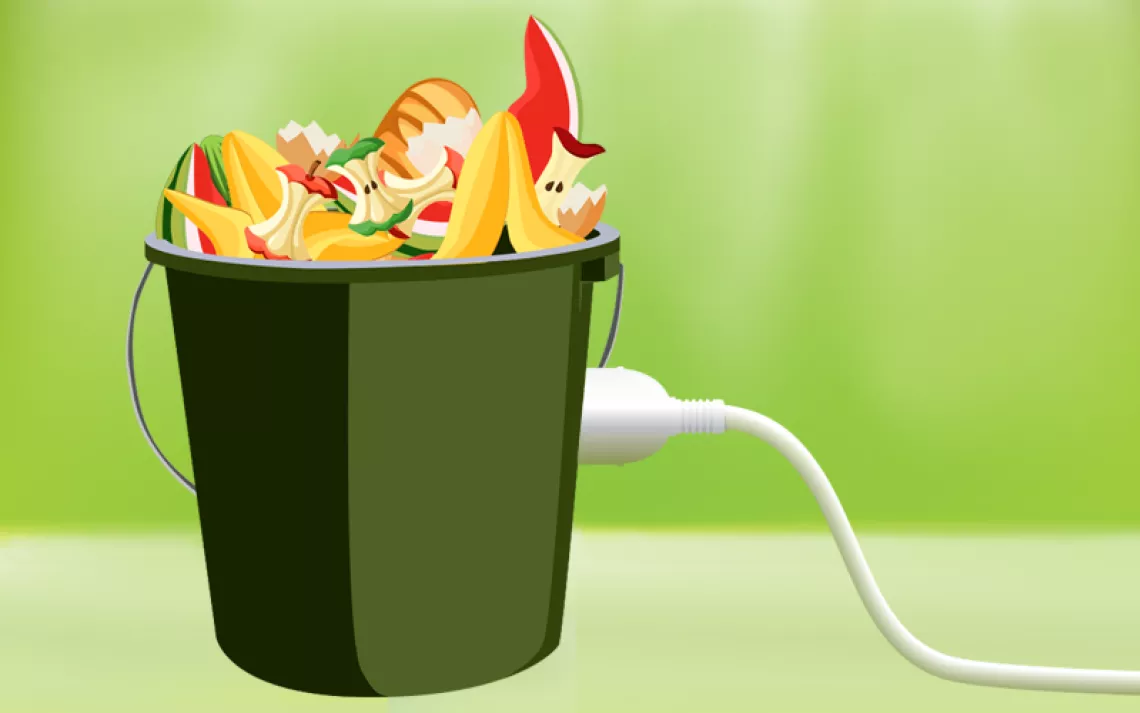Brewing Beer Into Bioplastics: An Oktoberfest Tale
Savvy brewers dream of a plastic-free future for six-packs
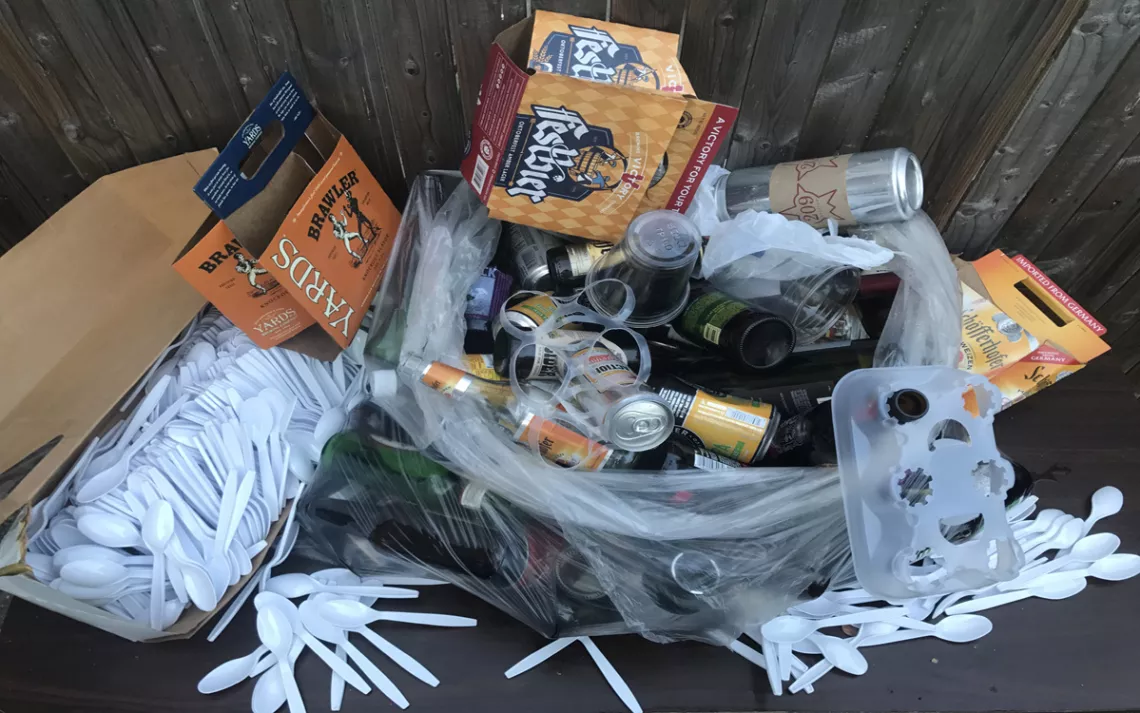
One day, your Oktoberfest mess may be biodegradable. | Photo by Lina Zeldovich
Below: Photos courtesy of Empire Farm Brewery
When Christopher M. Thomas got acquainted with Jackie Wood, an events coordinator at the Empire Farm Brewery, it seemed like a perfect match. Thomas was a post-doctoral researcher at the State University of New York, experimenting with a process of converting food-industry leftovers into biodegradable plastic. He wanted some used grain, and Wood’s employer had plenty of that. A Syracuse-based beer company, Empire had recently expanded to become a farm brewery in order to cultivate barley, herbs, and hops to craft a greater variety of artisanal libations—all of which produce piles of spent grain.
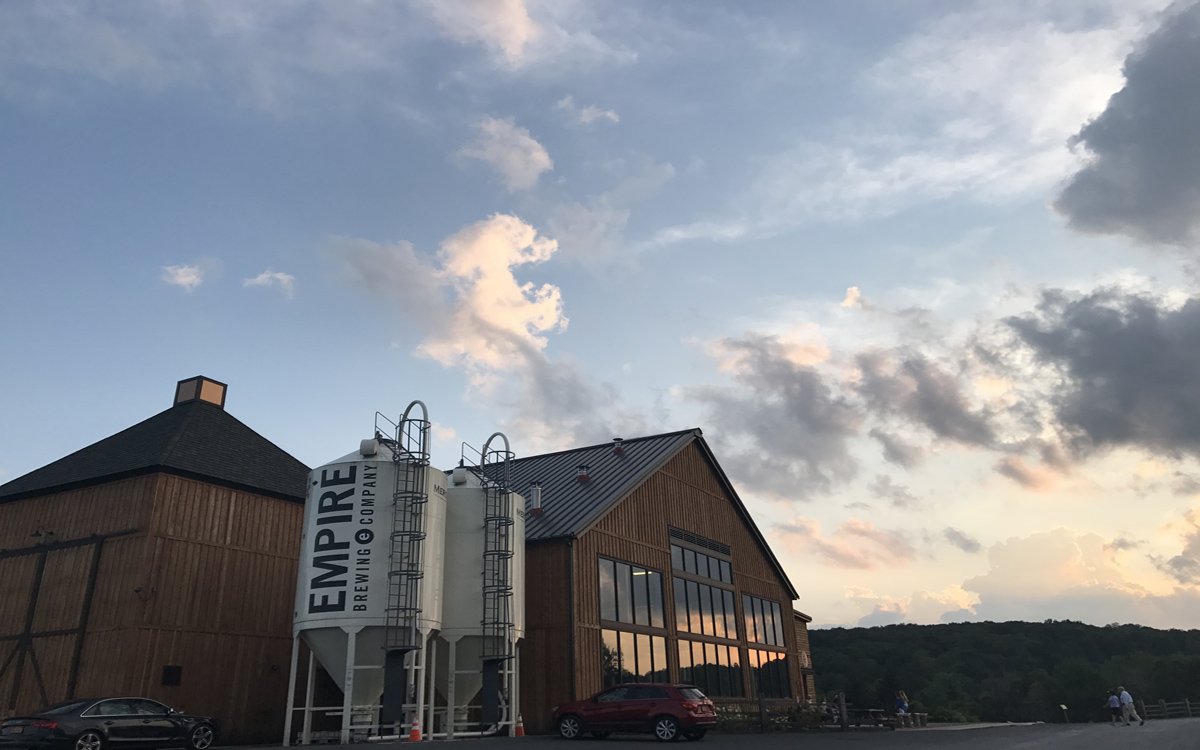 Brewers’ spent grain (BSG in industrial terms) is a damp, brownish mix that every brewery generates in abundance. In fact, it makes up about 85 percent of microbreweries’ solid waste. Some just dump it into landfills. Others follow the Brewers Association’s guidance for environmentally friendly modes of disposal: feeding BSG to cows, turning it into biofuel, composting, or milling it into baking flour. These methods, however, come with caveats. The first three are expensive in most cases, and the last doesn’t exactly yield a gourmet-caliber flavor. The benefits of “brewing” spent grain into bioplastic, Thomas says, are twofold. “You’re diverting waste from landfills, and you’re creating a biodegradable packaging,” he explains. “And it’s degradable in all environments, no matter where it goes—freshwater, saltwater, or sewage.”
Brewers’ spent grain (BSG in industrial terms) is a damp, brownish mix that every brewery generates in abundance. In fact, it makes up about 85 percent of microbreweries’ solid waste. Some just dump it into landfills. Others follow the Brewers Association’s guidance for environmentally friendly modes of disposal: feeding BSG to cows, turning it into biofuel, composting, or milling it into baking flour. These methods, however, come with caveats. The first three are expensive in most cases, and the last doesn’t exactly yield a gourmet-caliber flavor. The benefits of “brewing” spent grain into bioplastic, Thomas says, are twofold. “You’re diverting waste from landfills, and you’re creating a biodegradable packaging,” he explains. “And it’s degradable in all environments, no matter where it goes—freshwater, saltwater, or sewage.”
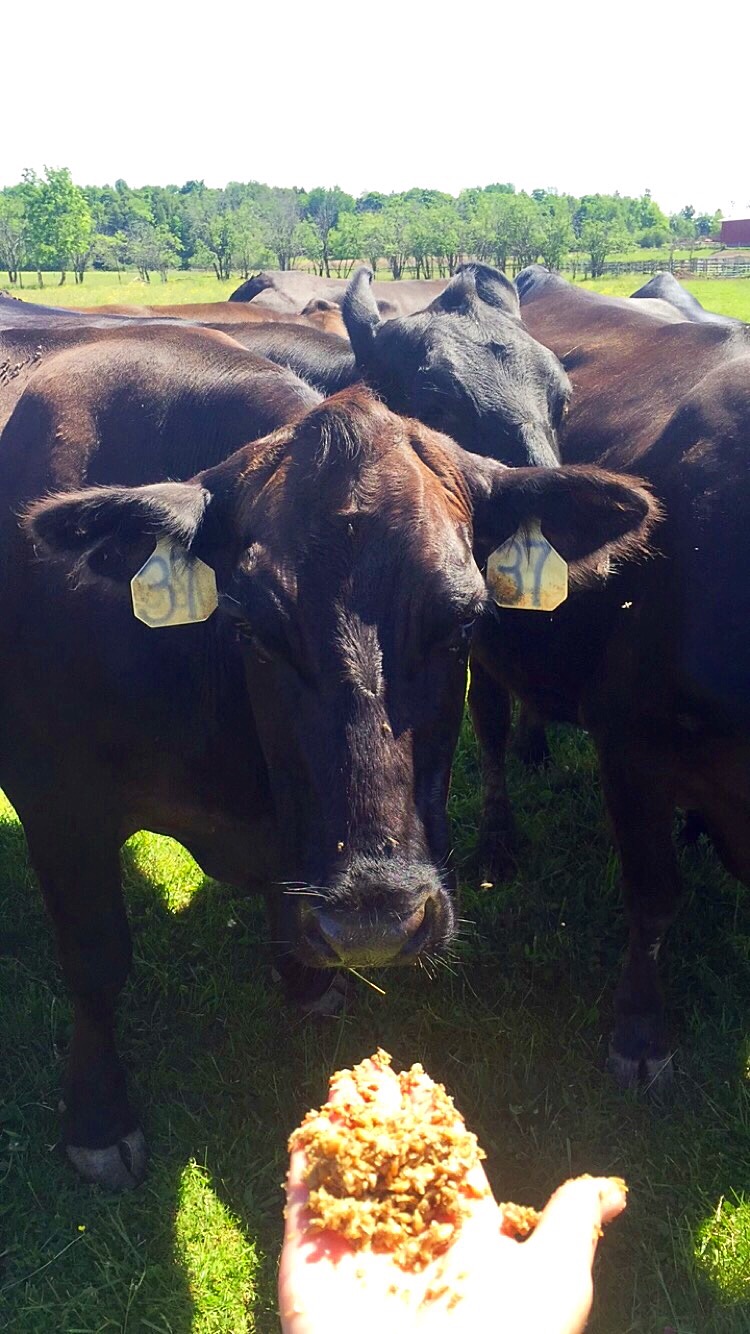 Typically, Empire Farm Brewery fed its leftovers to cows at a farm nearby. Trucking it farther away was prohibitively expensive because wet grain is so heavy. “Making bioplastic from our spent grain seemed like a perfect solution,” Wood says.
Typically, Empire Farm Brewery fed its leftovers to cows at a farm nearby. Trucking it farther away was prohibitively expensive because wet grain is so heavy. “Making bioplastic from our spent grain seemed like a perfect solution,” Wood says.
In the past, people had tried to make that type of bioplastic directly from plants—similar to the concept of making biofuel from corn. However, growing plants specifically to convert them into biodegradable packaging was too expensive, compared to the process of creating petroleum-based products. Dane Anderson of Full Cycle Bioplastics, a San Francisco start-up that pioneered the conversion method, says that in the 1980s one company managed to produce biodegradable shampoo bottles from sugar—but when sugar prices surged, the production went bust.
BSG, however, is a boon for bioplastic creation because it has all the necessary components in place, Thomas says. For one, it’s high in polysaccharides—those long chains of sugar molecules (albeit different types of sugar than what you use to sweeten coffee). If you break these long polysaccharides chains into simple sugar molecules using enzymes or acid, they become bacterial food. There are several bacterial strains that can chew through the sugars, converting them into a type of fat, which is stored as energy sources. (Humans, in fact, tend to do exactly the same thing—we eat sweets and ice cream and, through a slightly different chemical process, fatten up.) This bacterial fat, with the unpronounceable name of polyhydroxyalkanoates (PHAs for short) can be extracted from the microbial menagerie in a powdered form. From there, it can be heat-molded or 3D-printed into any shape or product—such as beer cans’ signature six-pack rings.
Interestingly, chemists describe PHAs as natural polyesters. They are indeed somewhat similar in structure to the petroleum-derived polyesters, but with a different molecular arrangement—which makes them rather appetizing to a different type of bacteria, Anderson explains. So while PHAs retain their convenient “plasticky” qualities, they’re safe for the environment. “What makes these PHAs so good is that they are biodegradable and digestible for marine life and fish,” says Rigoberto Advincula, a macromolecular science professor at Case Western Reserve University in Cleveland. “So yes, PHAs are polyesters but biodegradable ones.”
When Wood met Thomas, she explained how fermentation yields the bubbly, hoppy drink and a bunch of wet muck. He showed her how this muck could get further distilled into cutlery, shopping bags, six-pack rings, and other stuff that normally lives in landfills forever.
Their bubbling partnership, however, ran dry. It turned out that the Empire State wasn’t producing enough grain to make the process commercially viable, at least not in 2017. But, Wood says, Empire hopes to one day join forces with other brewers. “I believe that, like with many other things in the brewing industry, it will take a number of New York State breweries coming together to make this the industry norm,” she says. “And when this happens, we hope to be at the forefront.” After all, the conversion process exists and is scientifically proven—Full Cycle Bioplastics is piloting it.
While beer packaging won't biodegrade this fall, it might one day soon. If you want to make it happen more quickly, you could theoretically try drinking more beer to generate more spent grain. In any case, as you raise your Oktoberfest pint this season, why not toast to a future that includes six-packs entwined via digestible links?
 The Magazine of The Sierra Club
The Magazine of The Sierra Club
